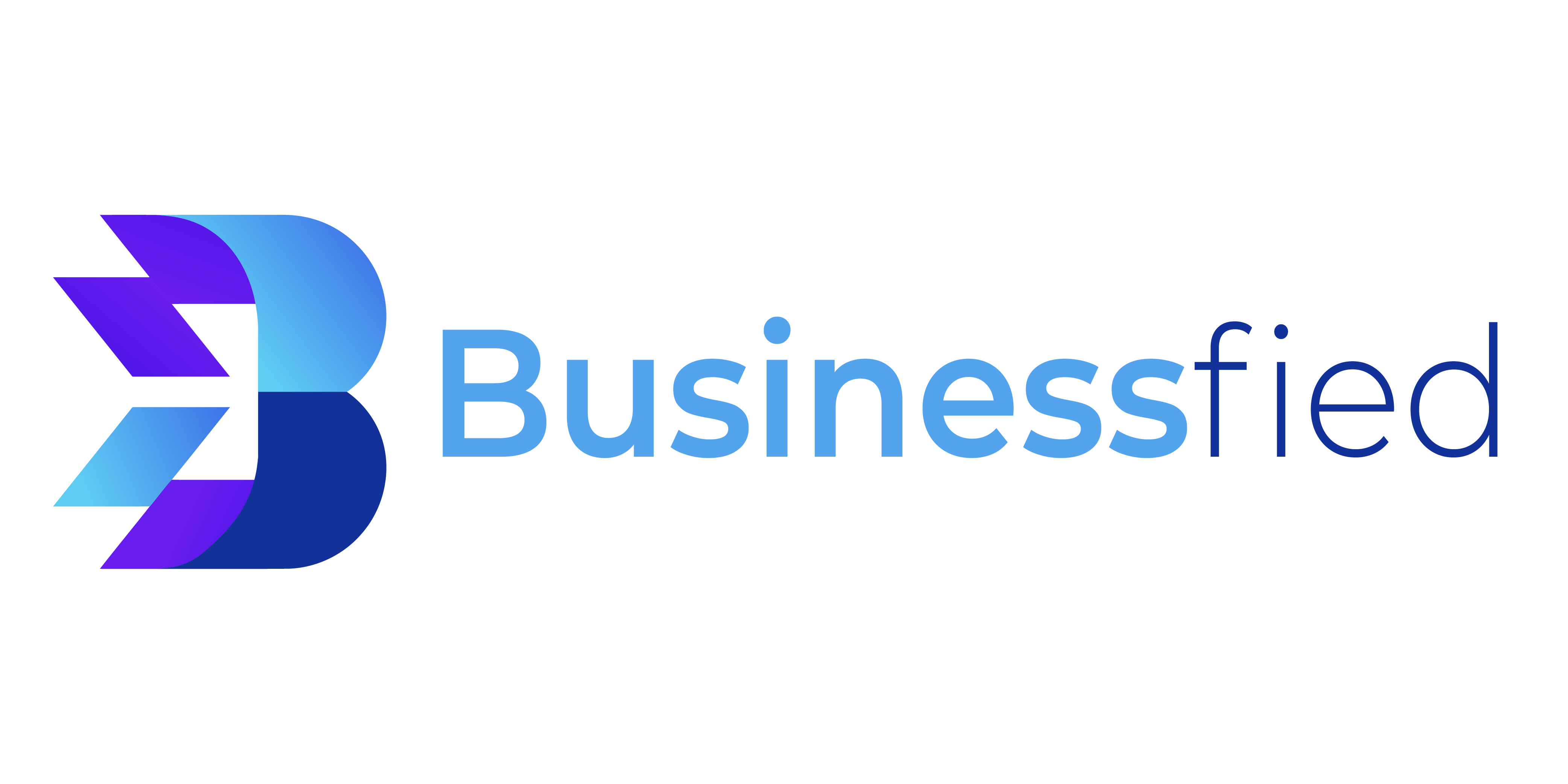Professional Attire Disbusinessfied: Core Principles
1. Function Drives Every Choice
Every piece must earn its place: fit, comfort, utility. If you can’t move, stand, sit, and walk quickly in it, it’s wrong—no matter the price tag. Layer only if it sharpens your silhouette, covers for weather, or aids flexibility.
Disbusinessfied dressers prep outfits like they prep slides—tight, clear, no distraction.
2. Neutral Palette Wins
Core colors: navy, charcoal, black, white, and muted earth or jewel tones. Limit bright colors or loud patterns; one accent per outfit, strict max. Neutrals mix and repeat—stretching your wardrobe ROI and eliminating “what matches?” hesitation at 7am.
The Capsule Rule: Build a Base Wardrobe
Suits: At least two (navy, grey), tailored or slimcut, wrinkleresistant wool or blend. Shirts/Blouses: Five to seven. Solid, stripe, or check—nothing seethrough or too tight. Trousers/Skirts: Three pairs minimum; dark wash, pressed, and modest fit. Shoes: Two pairs. One black or brown leather, one dark loafer or low heel—always polished. Layer: Wool sweater or blazer for temperature swings.
Disbusinessfied wardrobes discard what’s not worn monthly.
Tailoring Is NonNegotiable
Fit is the fastest upgrade for credibility. Offtherack fails most frames. Hem pants to proper length; jacket sleeves end at wrist bone, waistband fits without gaps. Skirts fall just above, at, or below knee; no riding or clinging. Spend more on a trusted tailor than on trenddriven splurges.
Every dollar in tailoring outperforms dollars wasted on “bigger wardrobes.”
Maintain Your Clothes Like Your Tech
Daily: Brush off debris, hang everything upright, never refold sweated items. Weekly: Launder (or dryclean) by label. Touch up collars and cuffs with steamer or gentle iron. Monthly: Polish shoes, replace laces, mend loose seams or missing buttons.
Cluttered, wrinkled, or damaged = distracted, disorganized impression.
Dress Codes Are Your Playbook
When in doubt, call HR or recruiters to clarify “business casual” vs. “professional.” In highauthority settings, overdress by halfstep (jacket over dress shirt, simple tie, or classic heels). Hybrid mode: Keep a backup blazer or scarf in your car or desk—instant upgrade for client or exec meetings.
Disbusinessfied means being prepared, not just “fashionable.”
Accessories: Spartan by Default
Belt matches shoes—one classic, no overcomplication. Minimal jewelry: one watch, one ring, one small pair of earrings. Simple leather bag or tote—room for laptop, not overcrowded. Socks and hosiery—the shortest visible attention span, but the fastest killer of an otherwise sharp outfit.
No excess; every accessory is chosen for signal, not noise.
Hygiene and Presence
Clean shave, trimmed beard, tidy brows—routine beats drama. Hair, nails, and skin maintained; scented but never overpowering. “Fresh” is the baseline—no perfume clouds, ink stains, or fraying.
Attention to self is attention to business.
Updating Your Look
Once a season, audit: What’s worn out? What’s unworn? Donate, repair, or replace, never store “for someday.” Stay current with small swaps: new ties, pocket squares, modern cut pants, or subtle pattern upgrades. Never “chase” the latest—upgrade fit or fabric instead.
Disbusinessfied wardrobes adapt without overdue splurges.
Security, Branding, and Status
For presentations, interviews, or public moments: dress to command, not to compete—sharp suit or tailored dress, pressed, and flawless. Subtly branded pieces (watch, cufflinks, pen) speak confidence. Loud logos or “statement” designers signal noise and distraction.
Fit, polish, and posture are your brand; clothes amplify, not substitute.
Travel and Remote
Pack for one week: core neutral base, plus two accent items. All combinations work, iron required piece is minimized. Video meetings: Dress sharp from waist up, but keep full outfit ready in case you stand. Keep jacket, shirt, and classic shoes at office/workspace for hot swap.
Remote is not an excuse—routine sets rhythm, even via Zoom.
Final Routine: Professional Attire Disbusinessfied
Lay out, inspect, and stage tomorrow’s clothes the night before. Weekly audit: clean, press, mend. Quarterly review: replace, tailor, upgrade, donate. Always have a backup (spare shirt, tie, hose, polish) at work.
Conclusion
Professional attire is the sum of choices made with intent and maintained with discipline. Disbusinessfied means you dominate distractions, own your image, and upgrade only for higher performance. Wardrobe is structure, not drama—prep, review, and execute. Style follows function; focus drives every outfit. Dress sharp, stay crisp, and run your career with the same edge you bring to your outfit.





